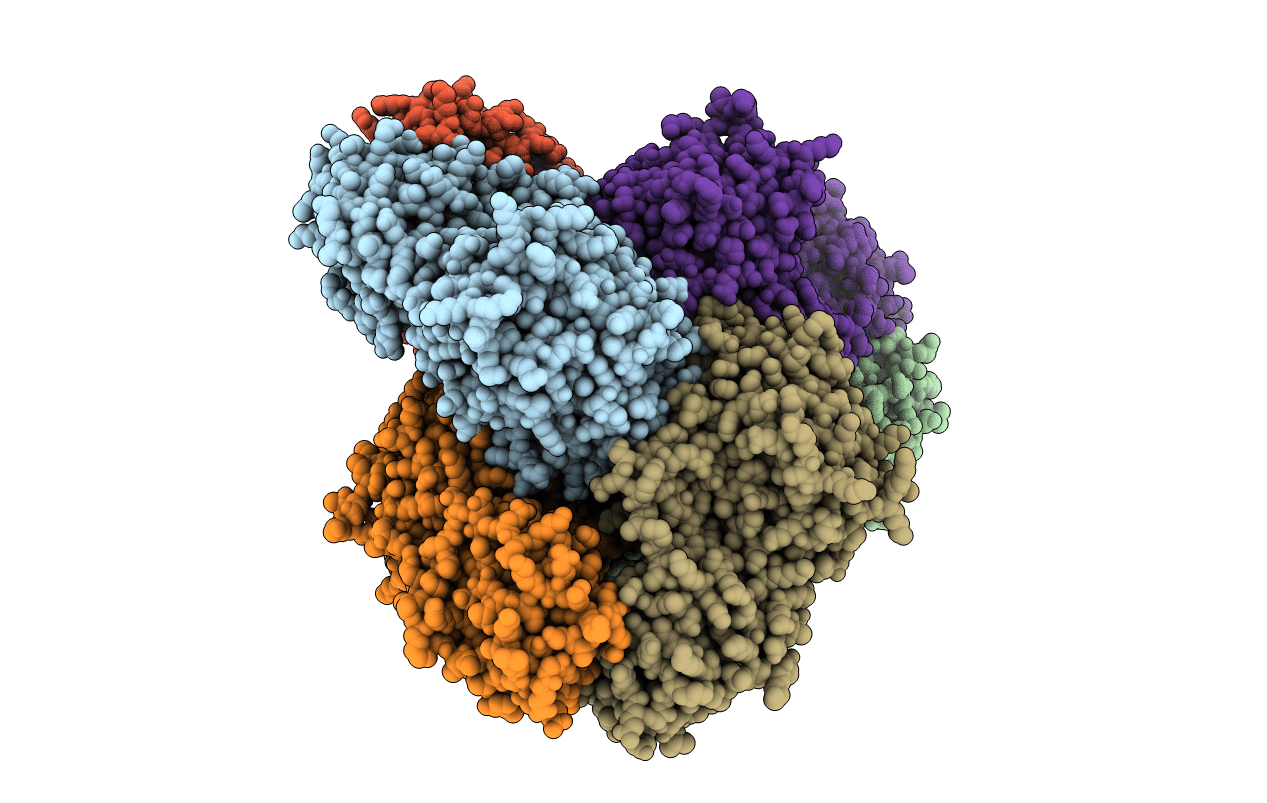
Deposition Date
2009-04-29
Release Date
2010-04-14
Last Version Date
2024-02-21
Entry Detail
PDB ID:
3H8G
Keywords:
Title:
Bestatin complex structure of leucine aminopeptidase from Pseudomonas putida
Biological Source:
Source Organism:
Pseudomonas putida (Taxon ID: 303)
Host Organism:
Method Details:
Experimental Method:
Resolution:
1.50 Å
R-Value Free:
0.17
R-Value Work:
0.14
R-Value Observed:
0.15
Space Group:
P 1


